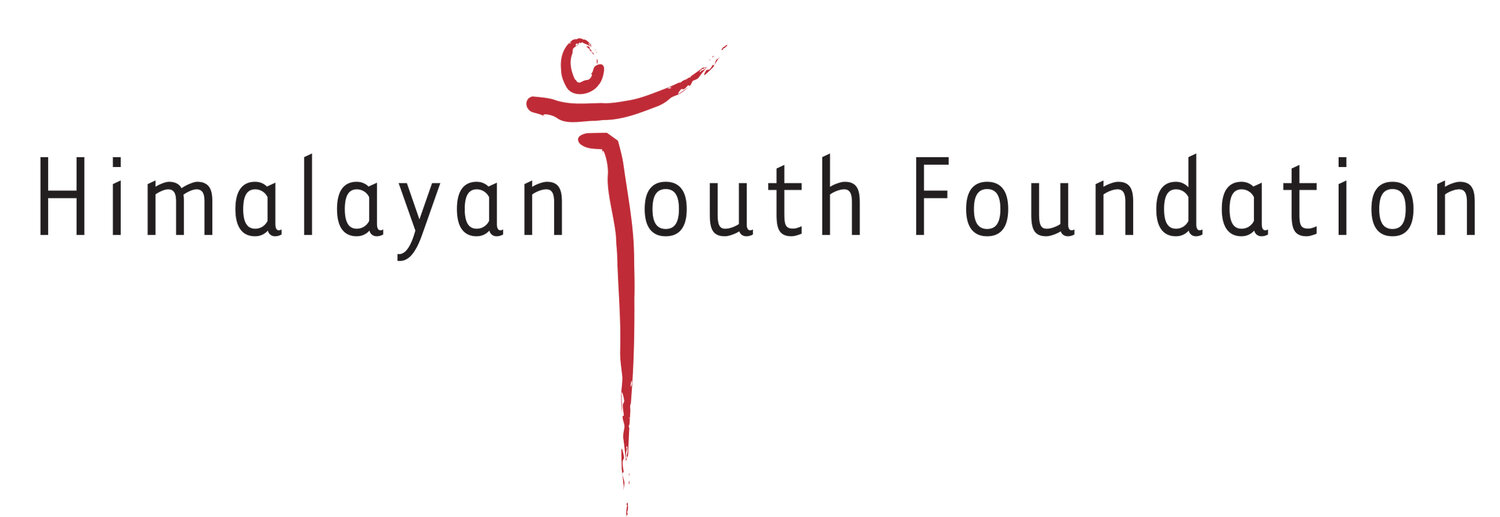
Education at CTAS
A Legacy of Tradition and Success
CTAS allows students who may not able to pursue traditional studies to learn a trade that is central to the Bhutanese lifestyle. Students enter the school when they are 14 to 20 years of age and attend classes for 2-7 years depending on their choice of courses and focus. One of the most successful benchmarks of CTAS is that her students find employment as soon as they graduate and receive their diploma. There is a high demand for those trained in painting, drawing, carving, embroidery, and by preserving the traditional crafts in Bhutan, the school has built a strong national reputation over the years. Since 1999, a total of 202 students (141 boys and 61 girls), have successfully completed their programs and 98% of those graduates are gainfully employed to this day.
The Traditional Arts
Carving
Traditional Bhutanese designs carved on materials such as stone, wood, and slate create the most wonderful pieces of artwork. Carvings can be seen in much of the Bhutanese culture — carved wooden masks of various shapes and sizes are used in religious dances, and decorations are found engraved on house, palaces, temples, and monasteries. Students are able to enter into carving contests and are also educated in the historical and national importance of their skills.
Textile Arts
Weaving (thag-zo) and embroidery (tshem drup) are traditionally considered more of a women’s art form, but in recent years have risen in importance as part of the effort to preserve Bhutanese traditional art. Tailoring (tzhem zo) is a long popular art amongst the Bhutanese people. Craftsmen of this art are skilled at sewing the traditional Bhutanese garments known as Gho and Kira. The tailoring program at CTAS was first introduced in 2009 and has since seen many successful graduates.
Thanka Painting
The art of Thanka painting has been passed down from generation to generation in Bhutan, from a master painter (lharip) to novice students. Painters work on a wide range of projects and styles including painting simple motifs and the eight lucky signs to undertaking painting huge scrolls of Thangka and Thongdroel (paintings of images of Buddhist deities often painted on the wall or in simple cloth). Thongdroels are bigger in size and a mere sight of these huge scrolls is believed to deliver one closer to nirvana.
Drawing & Sculpture
Clay sculpture is one of the ancient crafts in Bhutan. The other clay work found in Bhutan is the art of pottery. Clay sculpting is used to preserve the art of making statues found in many religious temples. Since adding the girls classes in 2002 CTAS has also incorporated pottery coursework. Students who choose to pursue carving or painting must first be educated in the art of drawing as the intricate designs of both carved artwork and complex Thanka paintings begin as simple drawings first.
Making Strides for Gender Representation
CTAS began with 5 male students in 1999. Currently the school has 160 students, 123 of them boys and 37 girls. After a decade of operation, the school began accepting female students in 2009 thanks to the generous support of Mr. Koenraad Foulon and his daughter Leila which enabled CTAS to offer equal housing and opportunities for girls.
Painting and wood carving are generally male dominated professions in Bhutan. However, CTAS is exceptionally proud to be able to highlight a recent female graduate who successfully completed her seven years course in painting in 2018. She has since joined the school as a painting teacher and has the distinction of being the first female painting teacher in Bhutan. Both HYF and CTAS hope that her legacy will inspire more young women to pursue the profession and be leaders of change in the industry and in Bhutan. Currently the school has two female students in 5th Level painting and one in 3rd Level painting.

Ready to get involved?
You can help us train the next generation of traditional Bhutanese craftsmen and women. Your support and donations allow for the continuation of campus improvements, class diversification efforts, and more.
Click below to learn how you can help today.







